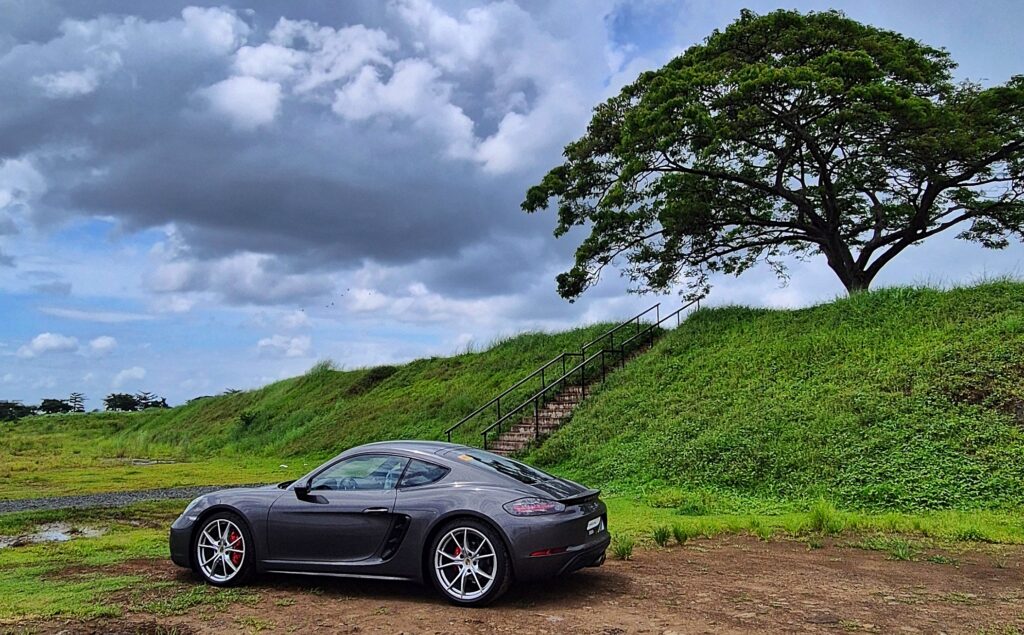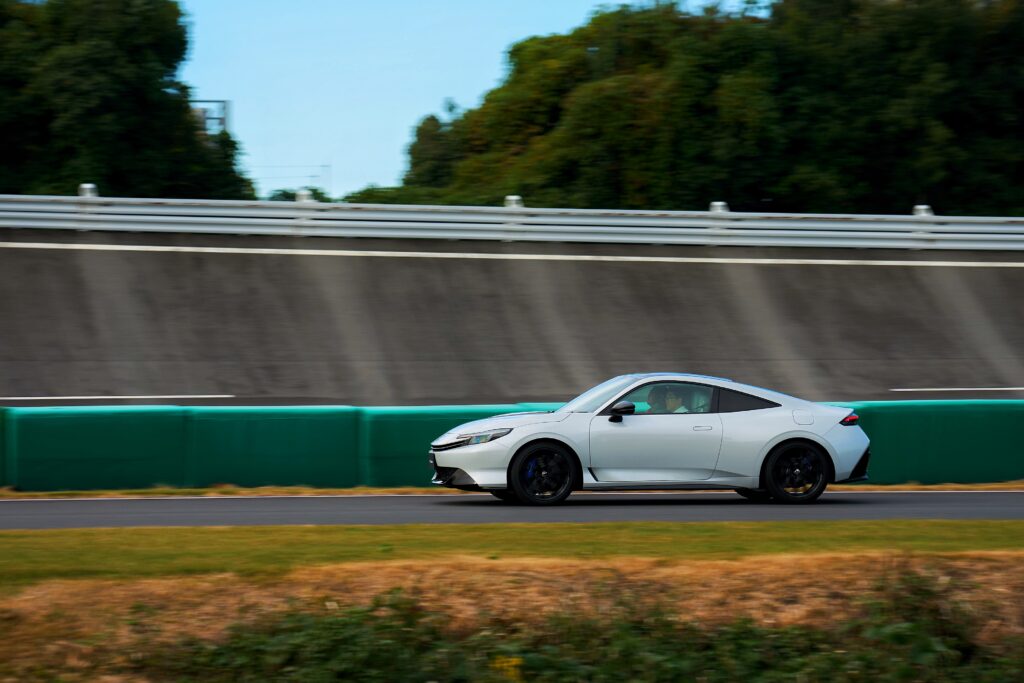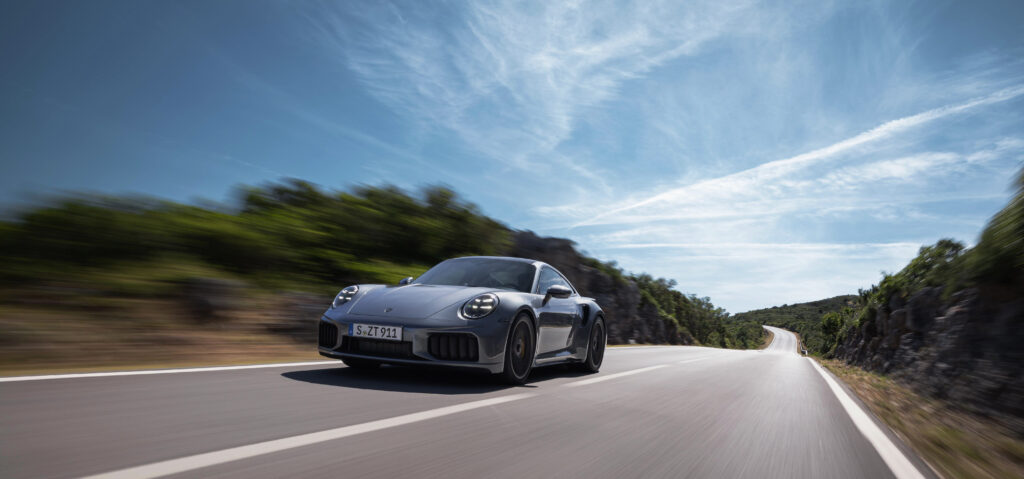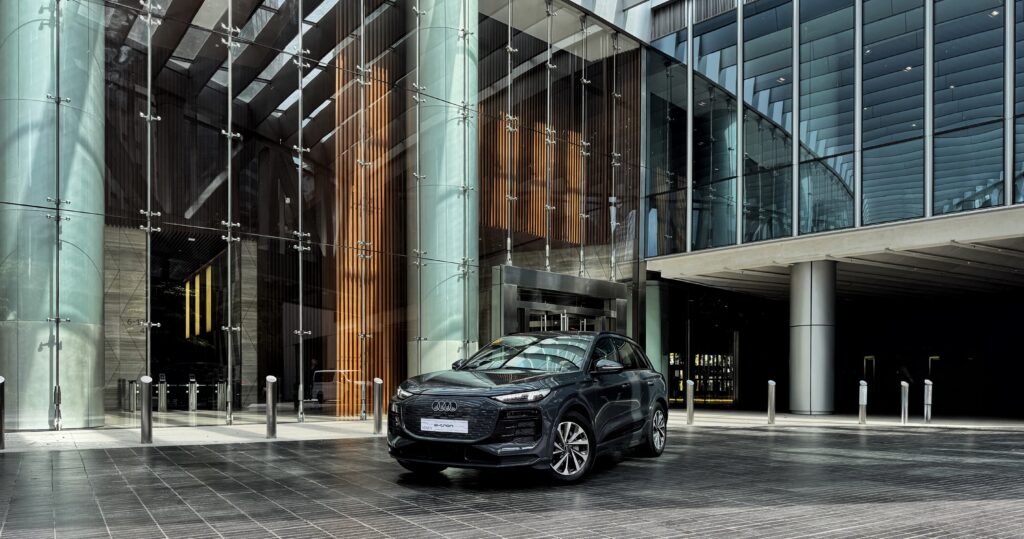In the span of a few short weeks, we have lost cars that stirred our soul: the Nissan R35 GTR, the Honda Civic Type R, and this, the Porsche 718 Cayman (and Boxster) all announced their curtain call.
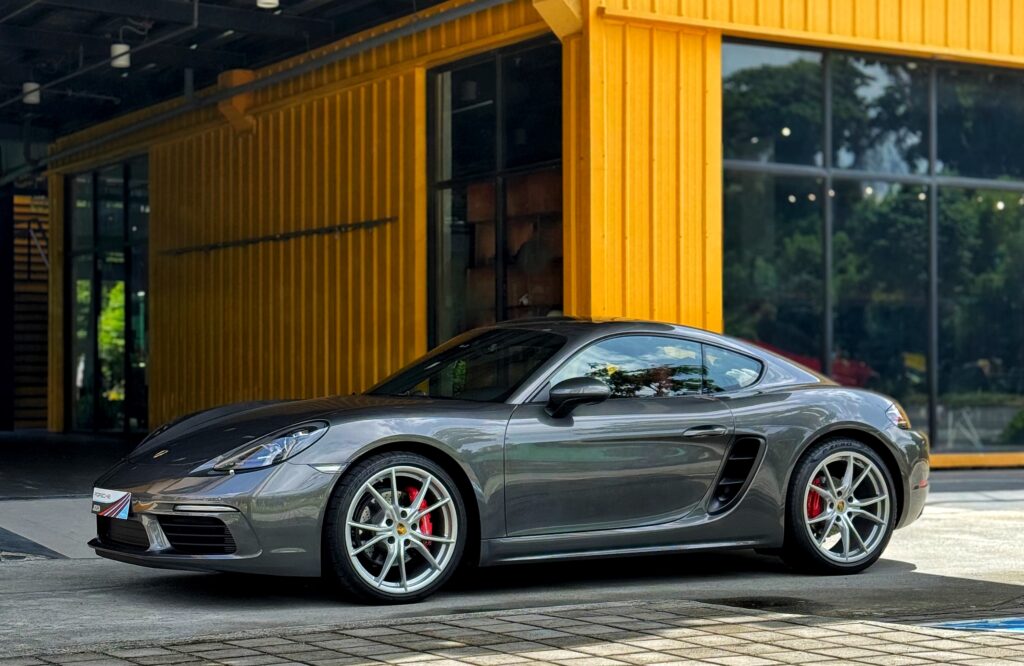
The GTR bid sarabada on August 26th, Honda Cars Philippines announced no further imports for the Civic Type-R in September, bowing out in 2026 due to tighter emissions. Most recently, Porsche announced the end of the 718 Cayman and Boxster this October. A triple loss.
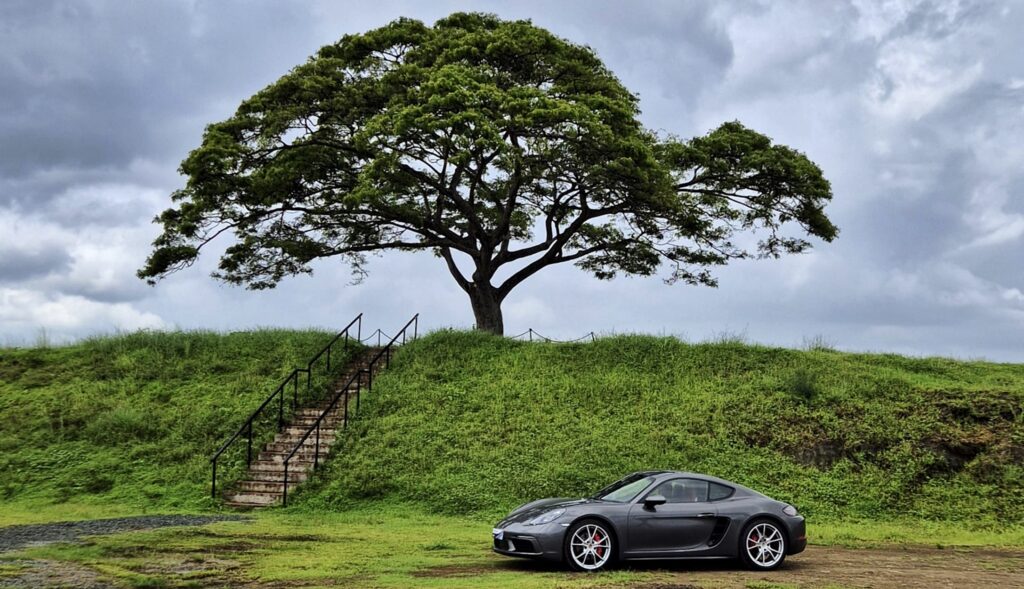
Of these cars, it’s the 718 Cayman that faithfuly represents the sports car to a T.
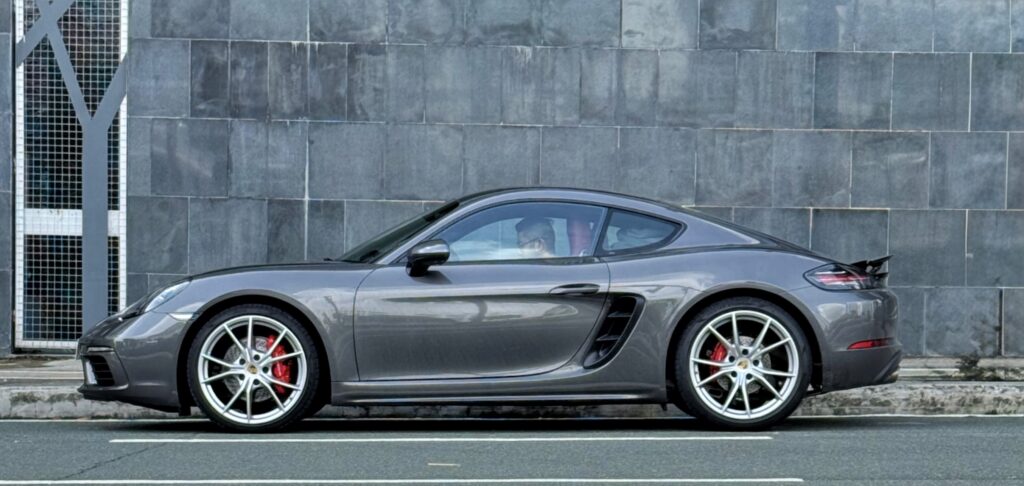
The Cayman model was introduced alongside the second generation Boxster, internally designated 987 in 2005 as the roadster’s more focused tin-top sibling. Later, the second generation Cayman, internally designated as the 981 broke cover in 2012 together with the Boxster
A few months after the global reveal, I found myself invited to the dynamic launch in Portugal. After a ~20 hour flight including layover, we landed in Faro and immediately drove the Cayman ~100km to our hotel at Lagos, through the beautiful Algarve Region where the Atlantic Ocean beckons to the mountains.
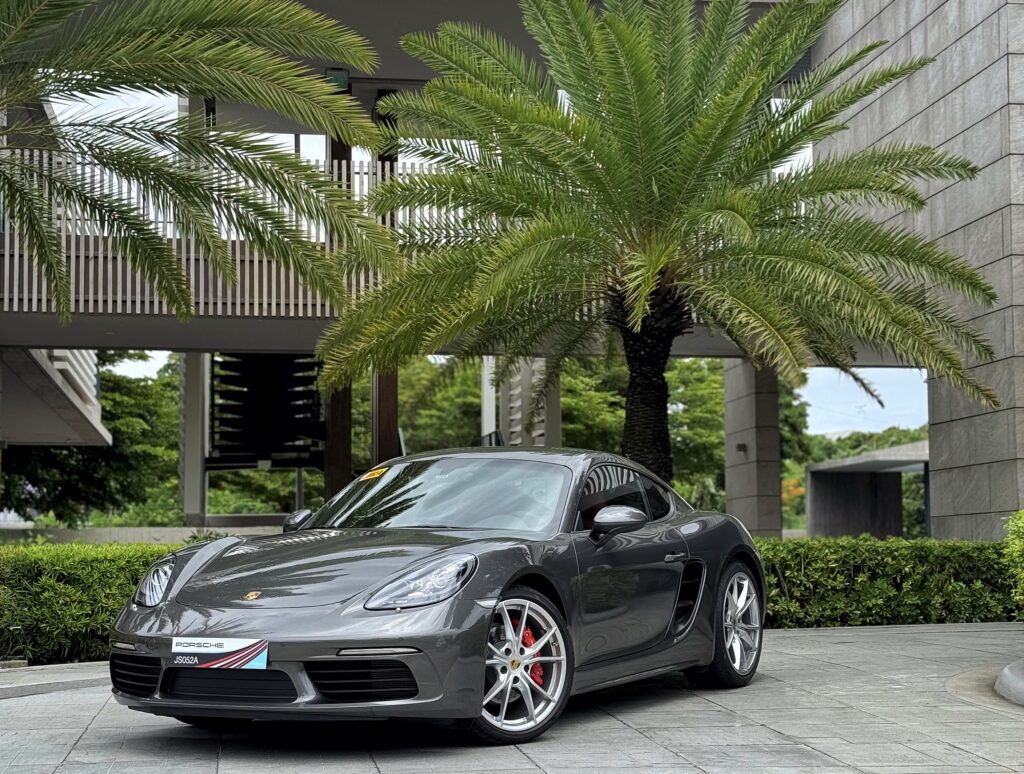
As with all Porsches, the Cayman is the sort of car that you jump in, go flat-out immediately and throw all caution to the wind. I went ~250kmh on the autoestrada as if it was the most natural thing to do, less than 5 minutes from starting the drive. Even today, few cars instill this much confidence from the get-go. Everything FEELS right: seating position, weight, sound and heft of the controls, planted suspension, responsive brakes. Few get this formula correctly, the way Porsche has for generations.
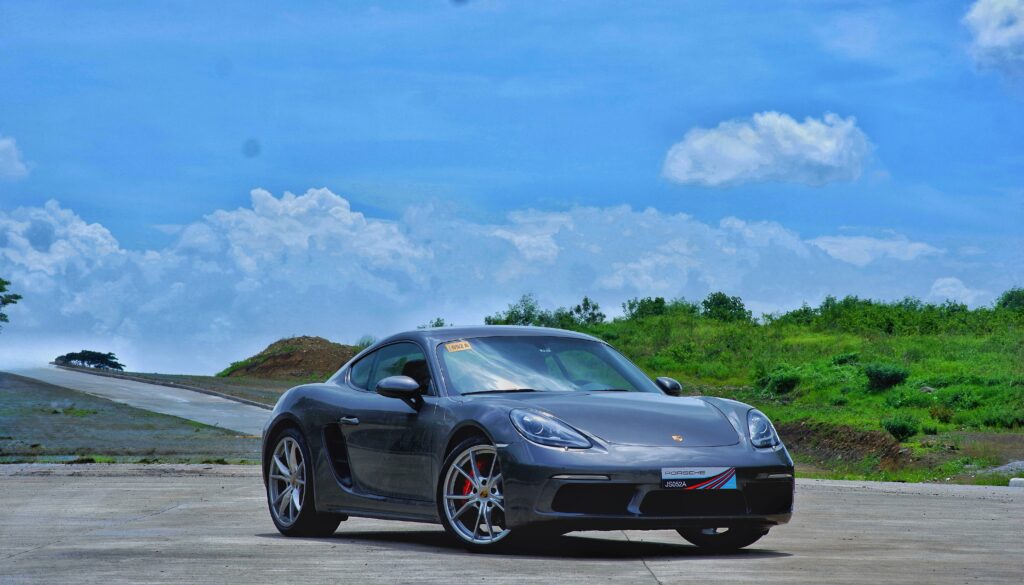
The third and current generation Cayman and fourth generation Boxster, internally codenamed 982 were launched in 2016, soldiering on for almost a decade. Porsche added the prefix 718 as homage to the Porsche race cars that won the Targa Floria in Italy with the lightweight, small displacement 718 RS 60 race cars in 1959, 1960 and in 1963.
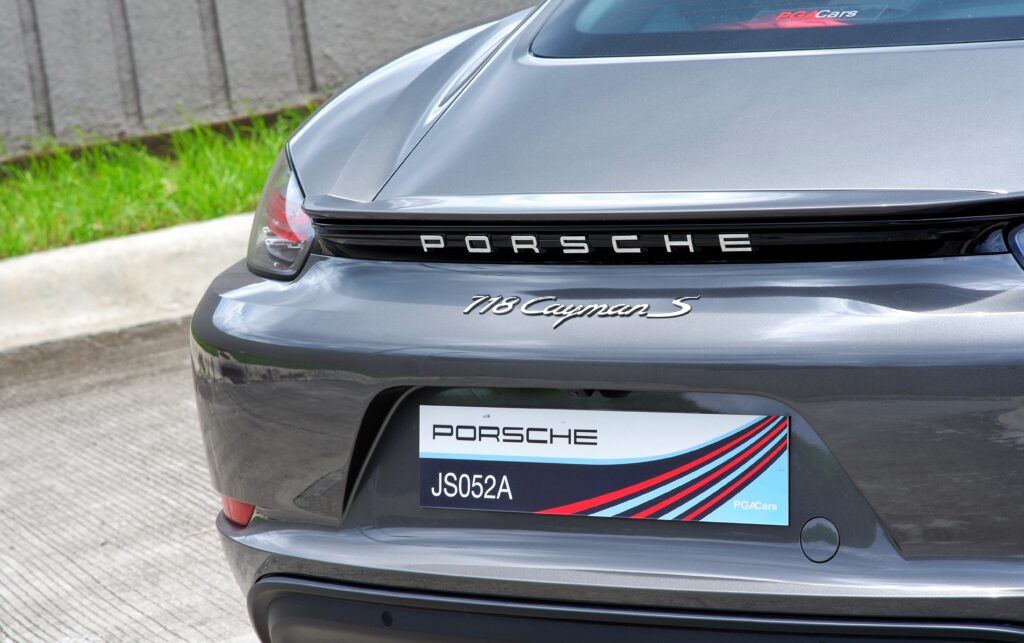
Again, I found myself invited to the launch which coincidentally was in Portugal too. This time, I was skeptical of the 982’s prowess. Gone was the venerable flat-six engine, replaced by a new family of four-cylinder boxer engines . But after consistently hitting a speedometer indicated ~290kmh on the long two-kilometer straight at an old NATO airbase outside Lisbon, the new turbocharged 2.5 liter flat-four that now propelled the 718 Cayman and Boxster S and GTS proved very potent. One that needed your complete attention when opening the taps. The engine offered a broad powerband, giving the Cayman S and GTS a forgiving and easy-to-drive demeanor on-track with an impressive mid-range grunt yet still had large lungs for the top-end.
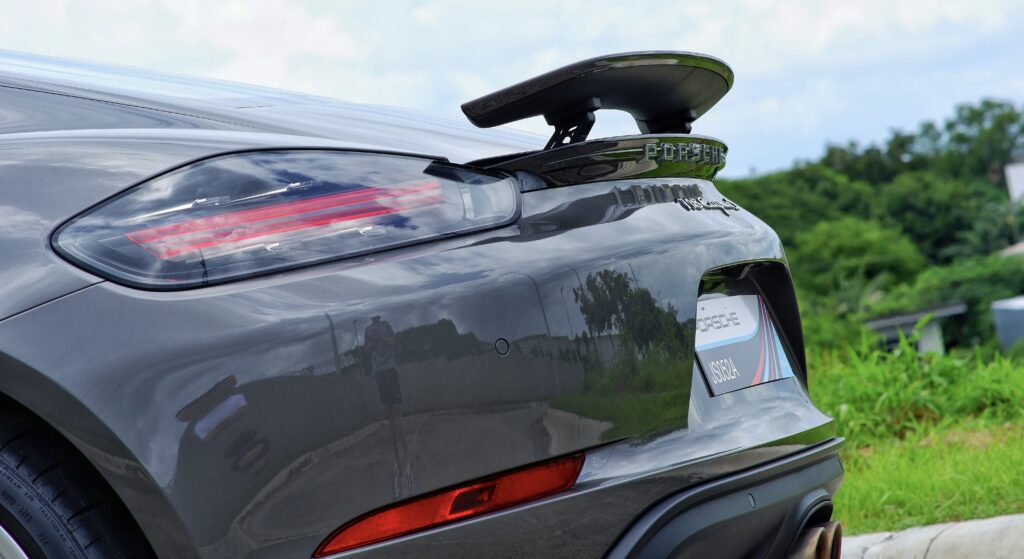
The road tour that followed acquitted the base 2.0 liter turbocharged engine’s potential as well. Though down on power, it had more than enough pferdestarks (horsepower in German, or PS) to land you into trouble. We averaged over 100km/h on the tight and twisty mountain roads around Lisbon before spearing on the autoestrada, consistently banging on the doors of 250km/h. But the gearing and torque also made it a comfortable long-distance cruiser as the torque allowed us to cruise comfortably in 7th gear with the revs below 2000rpm.
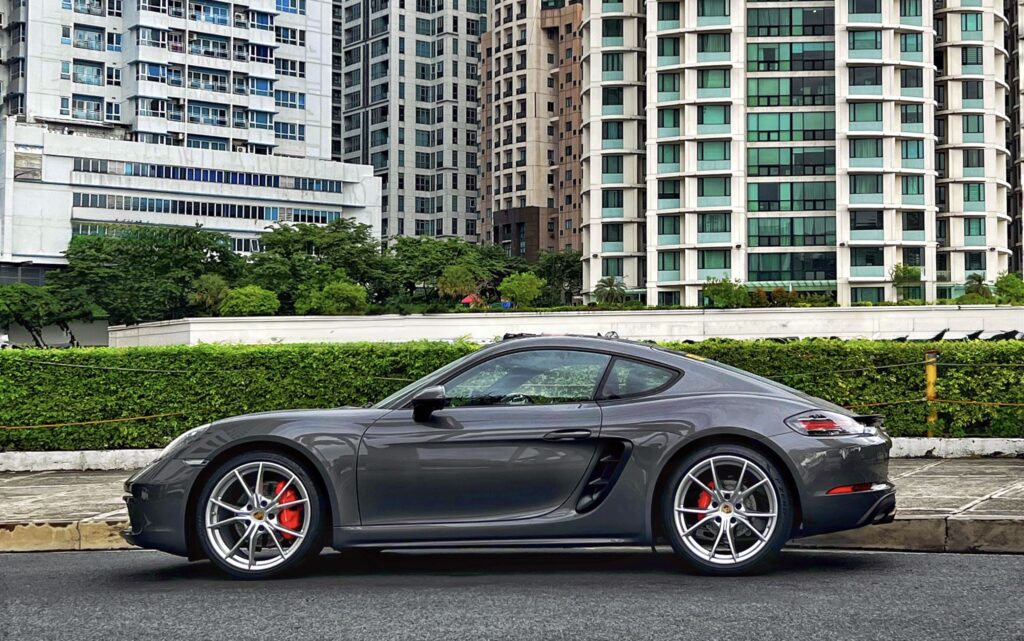
Regardless of variant, all 718’s share the same intuitive, analog chassis that builds confidence, going faster, harder and braking later, (if at all) around the sharpest of corners. The 718 Cayman and Boxster are the type of cars that pull out the hooligan in you. It helps that it’s a small car. Overtaking and squeezing through slow moving cars a breeze.
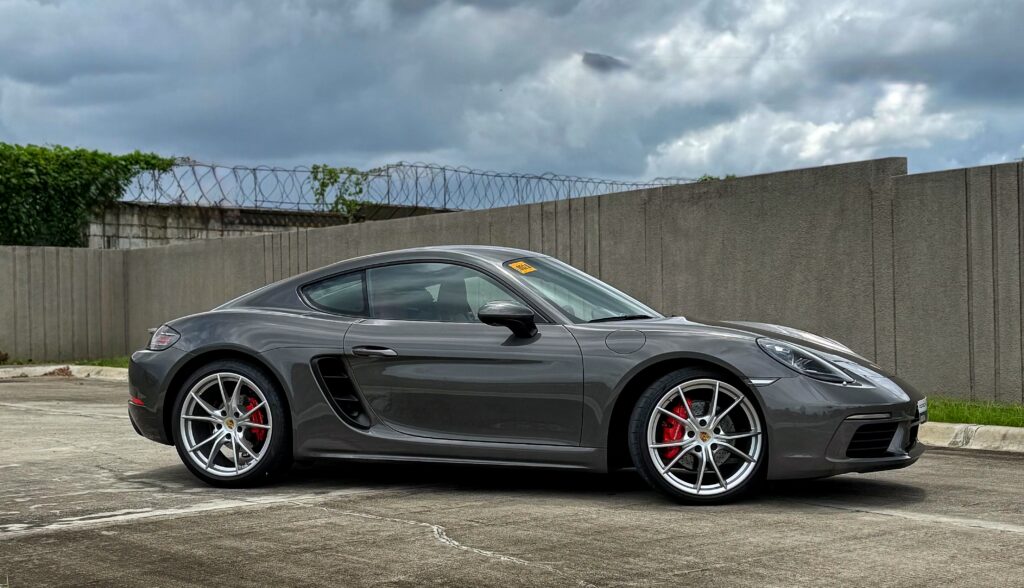
Be it in Europe, Malaysia, Singapore or Philippines, the Cayman’s performance was always exhilarating, rewarding and fulfilling even in the most ordinary of drives. Why? Because the car speaks to you, plays with you, engages you, encourages you. Push a bit more here, brake a bit later there, speed up here, floor it there.
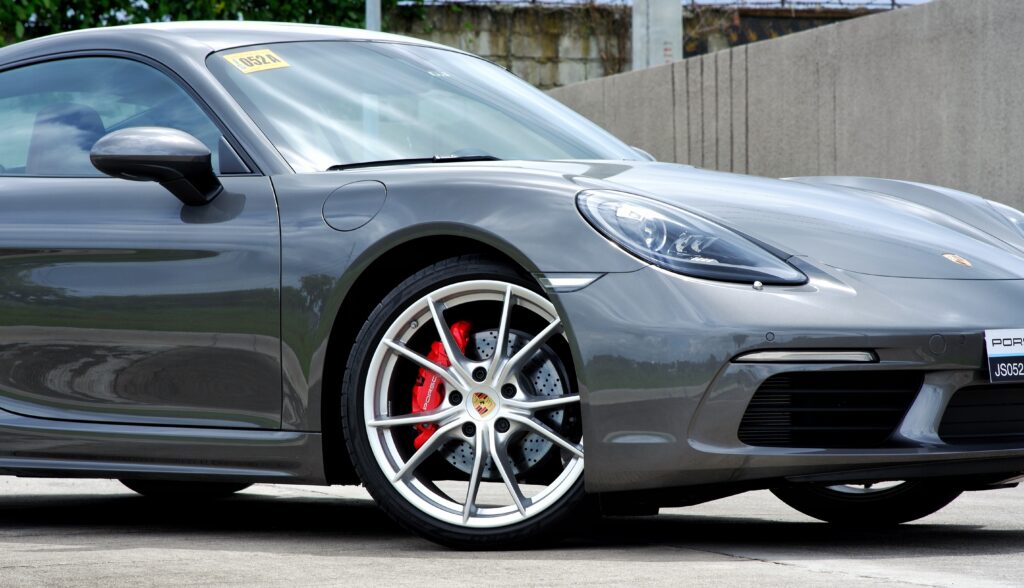
It does so, in a very inviting, seductive, enticing manner, the way a lover encourages you. Despite being masculine, the Cayman also feels sensual. When driven at 10/10, it’s absolutely intoxicating. A proper sports car is all about emotion and connection.
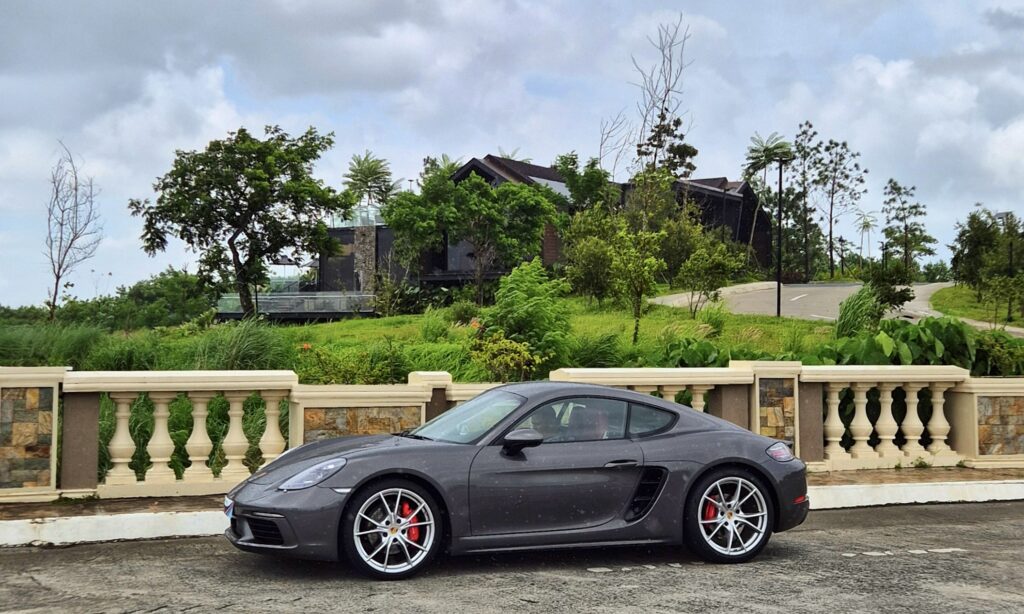
As a farewell, we are handed the keys to a Porsche Cayman S. We drive it in every possible real-world condition to show that Porsches are truly everyday sports cars regardless of road, traffic and weather conditions. Our Cayman S is equipped with 20-inch wheels, red leather interior, and precious little else.
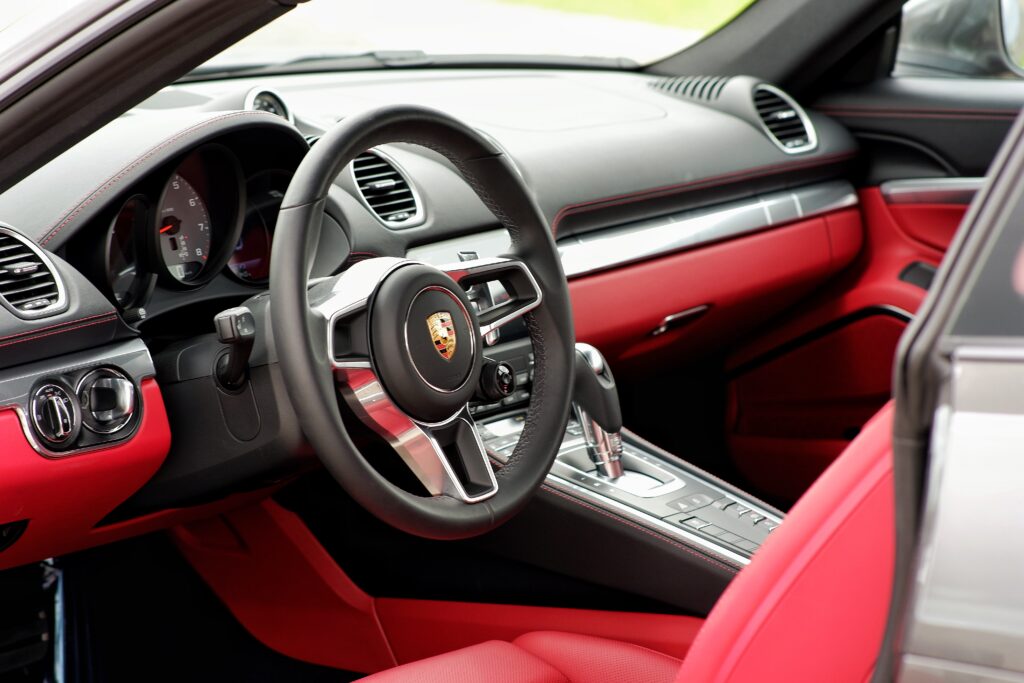
It’s snug inside: using one daily requires dedication, a strong back, hips and knees plus contortionist skills when you need to wiggle your way out of tight spaces as the doors are still quite large. But despite my fat bottom and broad back, the seats hug me comfortably yet reassuringly, as if telling me that, yes, we’ve got big lardy boys like you covered too dahling.
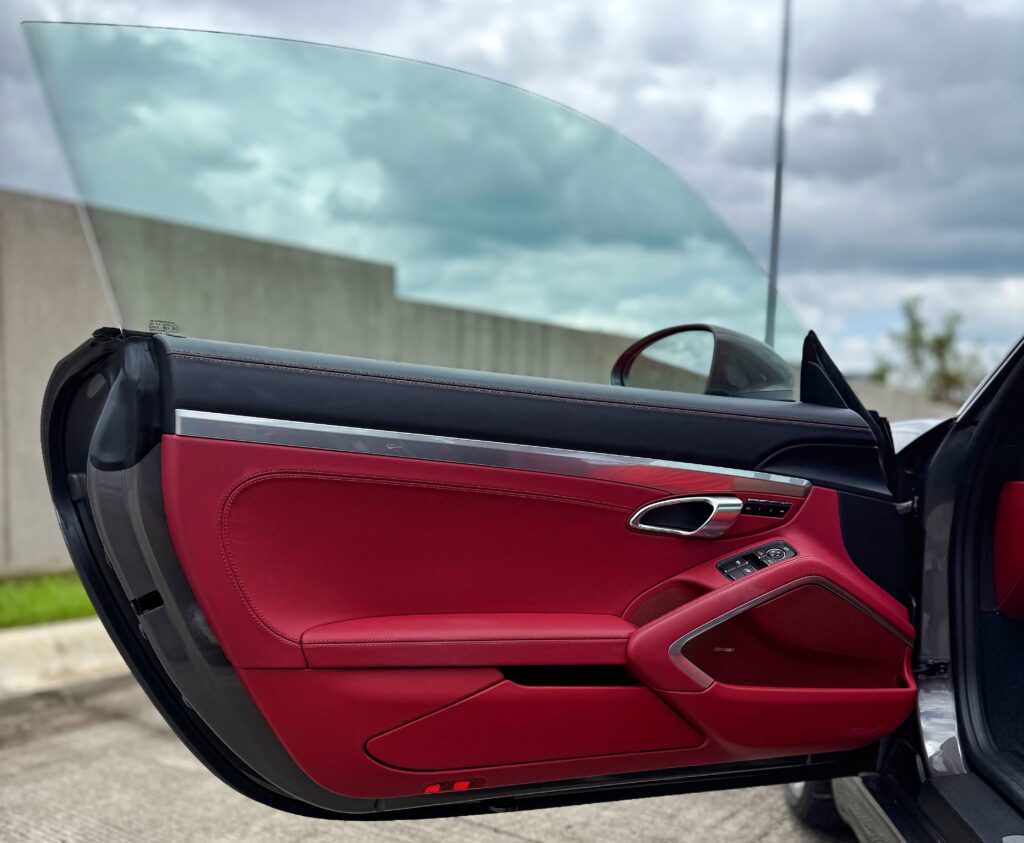
Everything else fits perfectly: a week-long bag for trips or your groceries in the 147 liter frunk, your small personal effects on a tray behind the seats. There’s a larger though still modest 269 liter trunk for more small bags. Combined? That’s comparable trunk space to a small sedan. See? It’s still practical. You’ll be the envy at the local supermarket while buying bread, rice, milk, greens and meats.
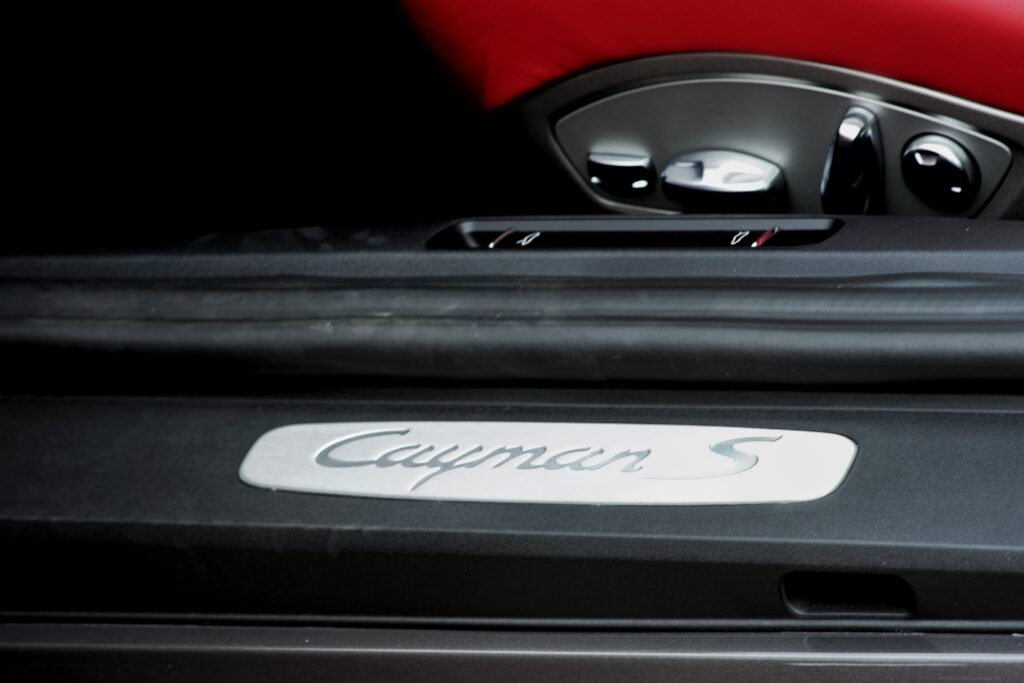
Despite modest options, the very heart and soul of this sports car delivers all the goods you will ever need: a mid-mounted 2.5 liter turbocharged 4-cylinder horizontally-opposed boxer engine that generates 345hp and 420 Newton-Meters of twist action.
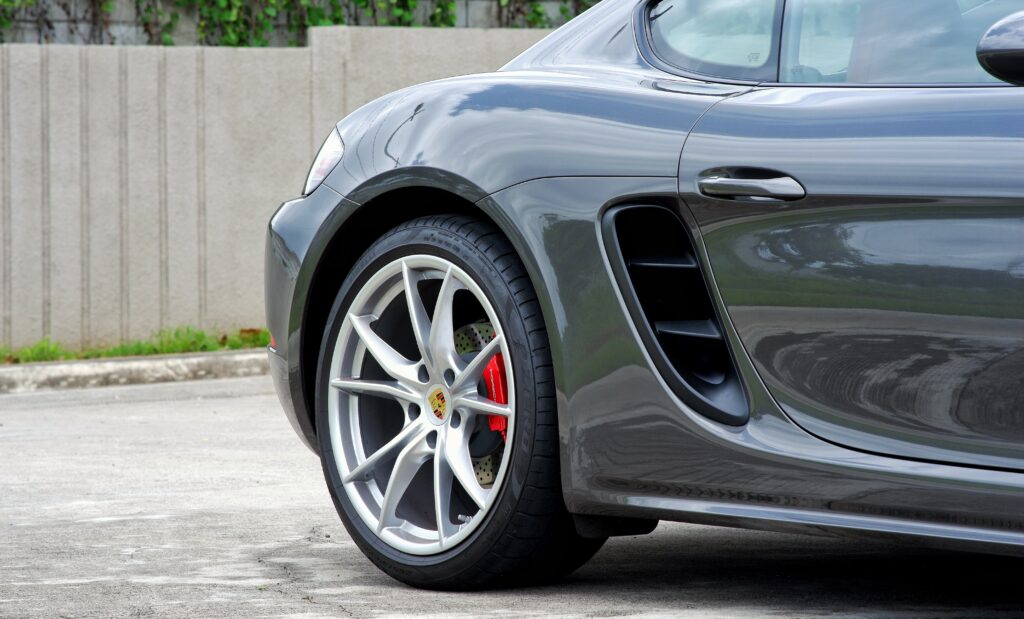
It all feels and sounds very mechanical, a cacophony of metallic instruments playing a raucous orchestra. The engine drives the rear wheels via a 7-speed Porsche PDK dual-clutch transmission. In this day and age where 500, 600, 700 or even 1,000 horsepower is so common and readily available and accessible, the Cayman’s modest 345hp delivers a performance worthy of a standing ovation and an encore: precise, progressive, perfectly metered, its modest output is more than enough for the Cayman’s ~1385kg curb weight.
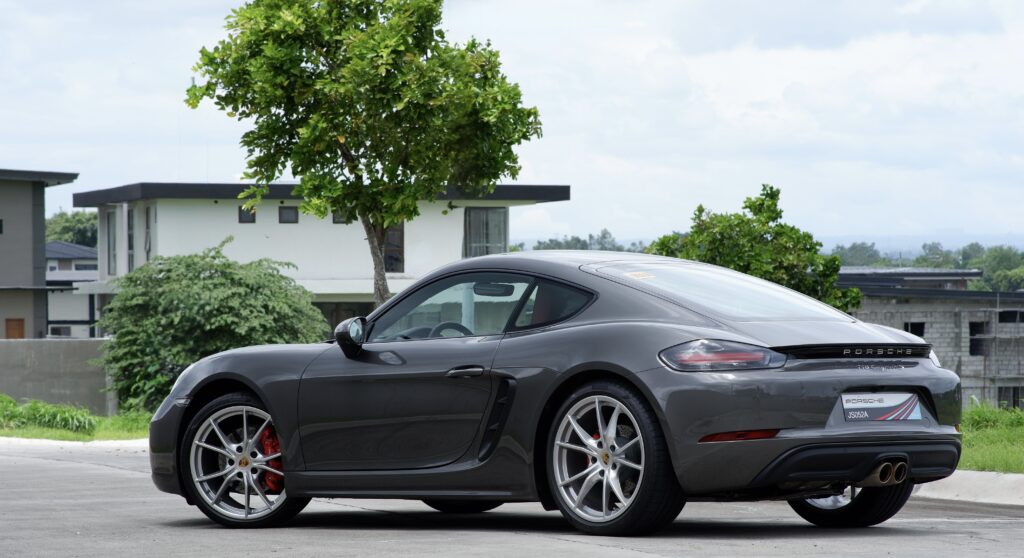
The steering is perfectly-weighted, overflowing with feel and feedback, but able to filter out all but the harshest of road imperfections, bumps and ruts. A true gem no electric vehicle (except maybe a Porsche electric vehicle?) will ever understand and though I hope I am wrong, emulate. The brakes, ever a Porsche strong point, are firm, well-weighted, progressive and accurate.
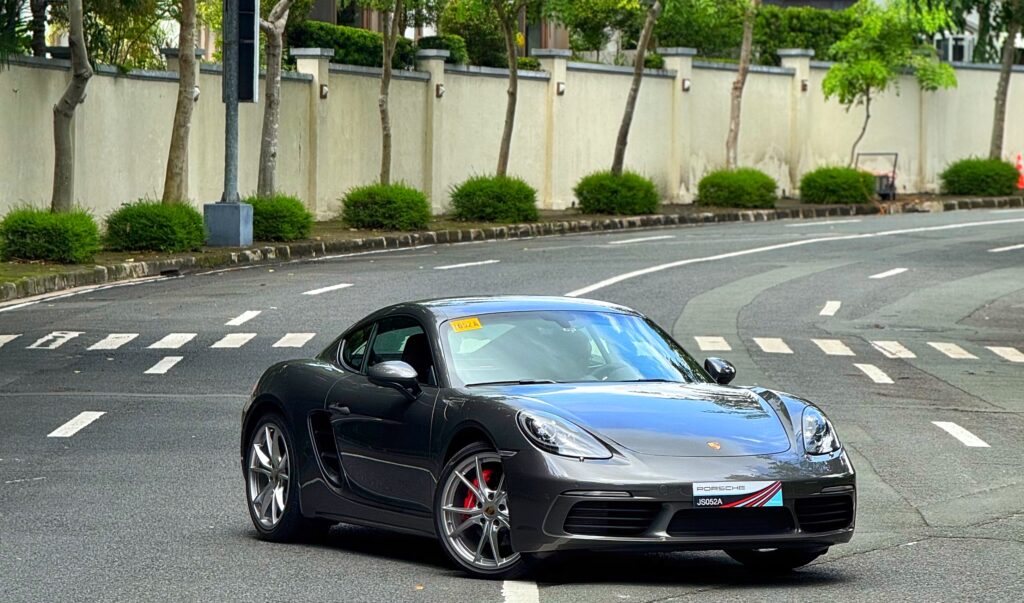
Regenerative braking has taken away the finesse in braking; threshold braking, that is standing on the brakes just before locking them up used to be top-tier skill reserved only for the most skilled of drivers. Alas, it is also now a dying art, replacing it with an impressive yet ultimately callous technology.
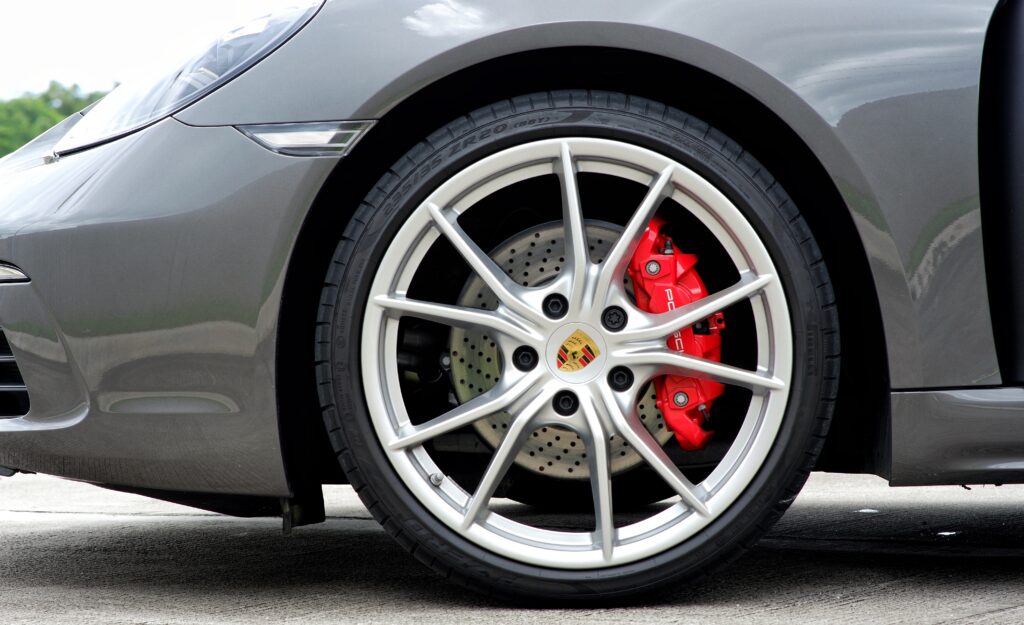
We are replacing simple, tactile pleasures with cold, soulless autonomous driving. For fast, efficient mobility, the future is safe. But for the soul that seeks an almost spiritual driving experience, that pleasure will be harder and more expensive to find.
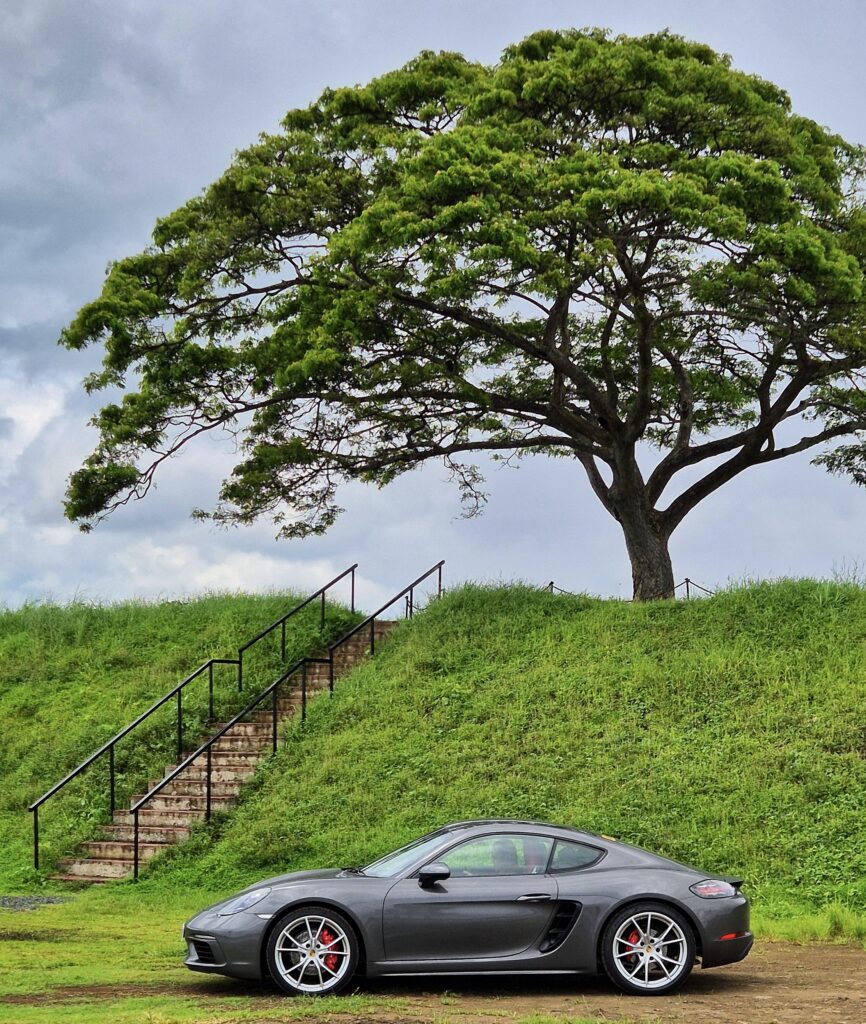
Thankfully, hope is not completely lost. Porsche AG CEO Oliver Blume recently announced that the next generation Boxster and Cayman will still offer a gasoline variant, but only for top-tier (and expensive) GT/S and RS variants. For the regular enthusiast only wanting (affording) the base or S variants, they will be clearly under-serviced.
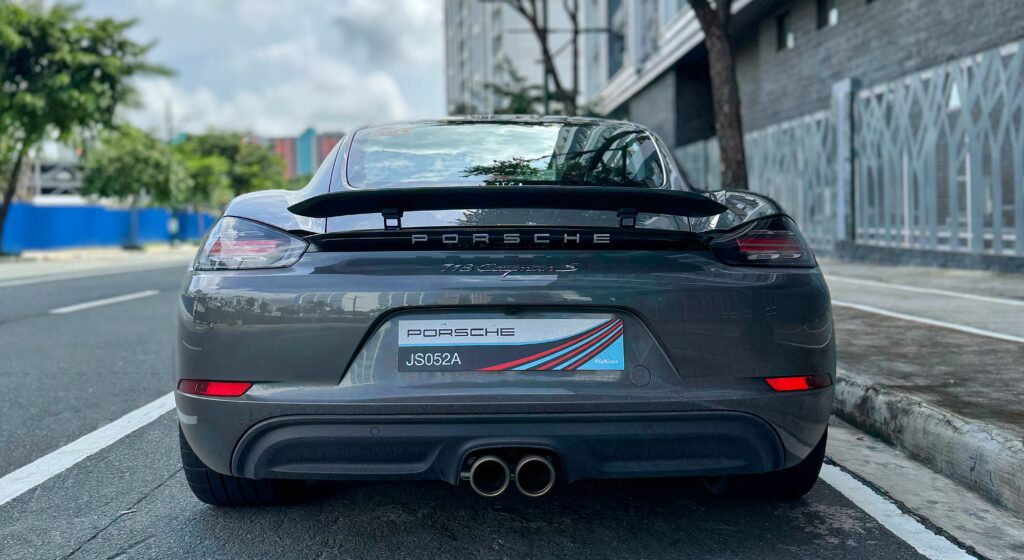
There is still time to enjoy the thrills of an attainable mid-engined sport scar. Rush over to the Porsche dealership and purchase the current 718 Cayman (or Boxster!). It embodies the true spirit of the sports car: pure, focused and no frills. A very analog and engaging driving experience.
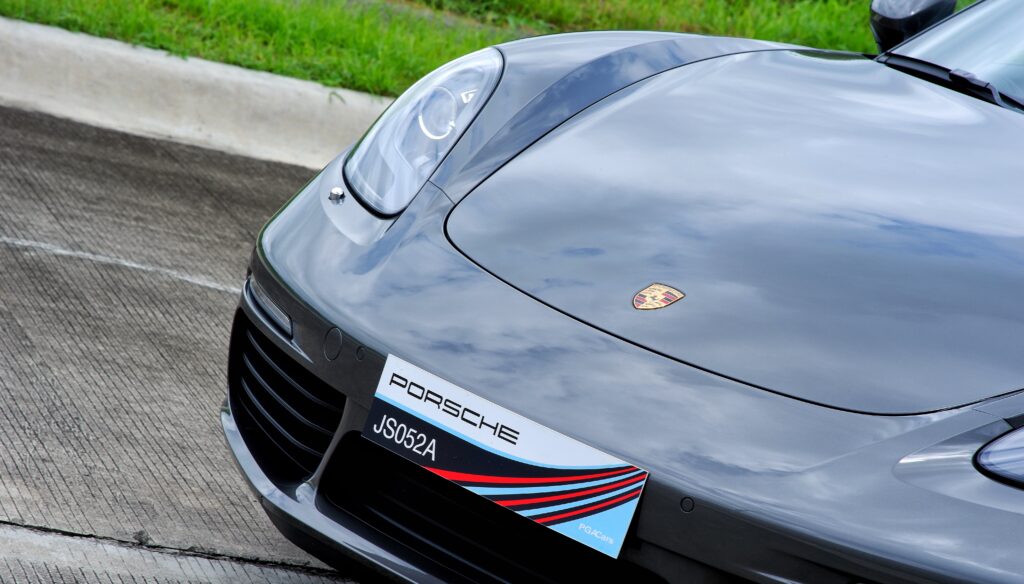
It’s a keeper.

